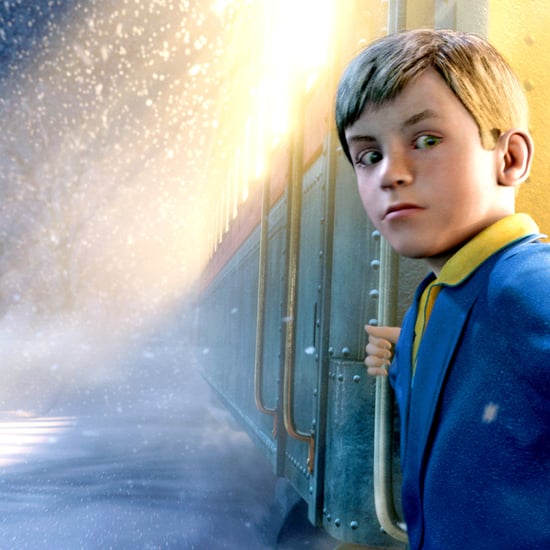What Is the Smiley Face Killer Theory?
The New Smiley Face Killers Movie Is Loosely Based on This Hotly Contested Theory
American Psycho author Bret Easton Ellis has a new film out, and it's based on a true story — or at least a highly covered fringe theory. The horror flick Smiley Face Killers follows a college student (Ronen Rubinstein) who is stalked by an unknown hooded figure (Crispin Glover) as a series of young men mysteriously drown in his region. The film takes inspiration from the smiley face murder theory developed by retired New York City detectives Kevin Gannon and Anthony Duarte as well as criminal justice professor Lee Gilbertson. The theory purports that a series of deaths ruled as accidental or undetermined drownings were actually murders committed by a group of serial killers. Many experts have expressed scepticism toward this theory, but let's break down how it emerged and what evidence exists for it.
For Gannon, the theory started with the 1997 death of Patrick McNeill, a Fordham University student who was found floating in the East River in New York City. Police declared his death an undetermined drowning, but Gannon believed there was more to the official ruling. After he retired, Gannon recruited his former partner Duarte to help with the investigation. They came across a CNN study of suspicious drownings in the Midwest and later reached out to Gilbertson, who extensively studied these drownings. In 2008, the men announced their findings to the public, bringing forth evidence of over 40 potential murders — today, there are over 300 cases in their database.
The trio have referred to these cases as part of an "epidemic." The victims were typically college-age white men who disappeared after a night out with friends and were later found dead in local rivers. The theorists believe these victims were targets of a domestic terrorist gang that they called the smiley face killers due to the graffiti happy faces found at supposed crime scenes. They have suggested the supposed murderers were jealous of these men and organised a system across the nation to kill them. Gannon and his colleagues purport that the murderers drugged the men, held them for some time, then killed them and dumped their bodies in water.
So, what's the evidence? In a report by Rolling Stone, the smiley face murder theorists point to decomposition timelines. Dakota James, for example, went missing for 40 days but only showed decomposition for three days, and Todd Geib went missing for 21 days but only showed decomposition for 2.5 days. In the same piece, Gannon and his colleagues also noted that there were traces of GHB, commonly known as the date-rape drug, in some postmortem toxicology reports. They also point to the happy face graffiti tags found in places, often on bridges, where they believe the men were killed or dumped.
Experts, including those from the FBI and Centre for Homicide Research, pretty much questioned the smiley face murder theory right away. In fact, the Centre for Homicide Research meticulously countered the theory in a detailed 18-point document. It noted, for example, the lack of physical evidence of a killer — the bodies were found without signs of torture, strangulation, or physical trauma consistent with an assault. It also suggests that it's doubtful at best to connect the smiley faces with the alleged murder scenes since the smiley faces didn't share any consistent attributes. Plus, the smiley face is one of the most common graffiti tags in the U.S. As for the presence of GHB, it can't be determined whether or not the men knowingly administered the drug themselves. As the report indicates, GHB is also naturally produced in the body, and the decomposition process can release small traces of it into the system. At the end of the day, most experts believe that the deaths were accidental drownings due to alcohol consumption, which can create effects similar to GHB.
Other than Smiley Face Killers, this speculative case has been covered in Oxygen's 2019 docuseries, Smiley Face Killers: The Hunt for Justice, and possibly inspired American Horror Story: Cult. Is it all a mere conspiracy theory? We don't know — for now.






